Best plants for outdoors
Written by Maggie
Feb 10 2021
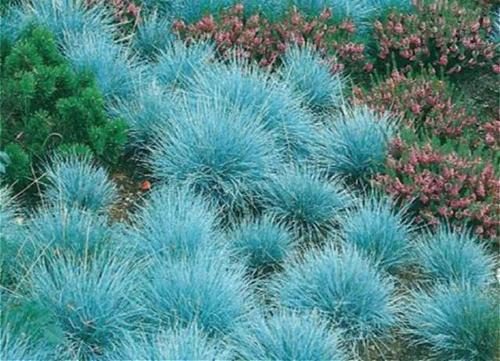
Daffodil
One of the biggest challenges of Daffodil growth in spring is keeping pests away from them. These underground bulbs are so rich in nutrients that pests like squirrels can dig them up and eat them. Daffodil and tulips are two spring bulbs, and my planting is difficult, thanks to the abundance of grey squirrels in my area. Deer are another pest that plague these beauties of spring.
Fortunately, there are deer-resistant bulbs. One is the daffodil.
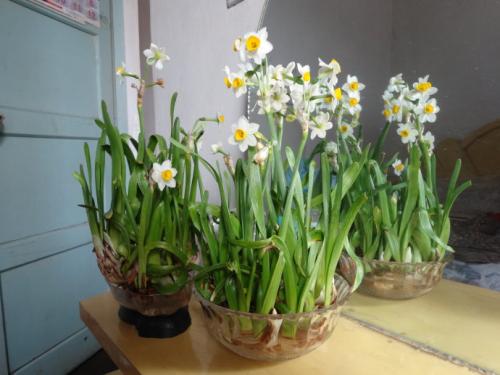
Daffodil
Lenten rose
The Lenten rose is a shady plant that blooms early. This is a fenugreek.
The Lenten Rose is a big bloomer that likes the shade of early days.
One thing I like about Lent is that it "blooms" for a long time - without any help. I put the word in quotation marks because when they marvel at the plant's display of color, the novice is not the real flower, but the so-called "sepals".
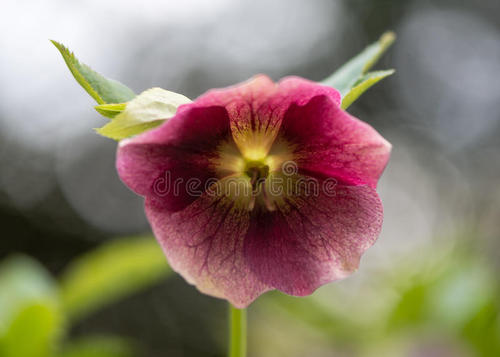
Lenten rose
Impatiens:
Balsamina red is a common annual flower.
You don't hear elite gardeners talking about annual events like balsamina, because they're so common (and therefore not compelling). But there are good reasons why these plants are so common. One reason is that they make it easy to inject color into places where perennials are scarce. Another is that they are so easy to grow outdoor plants.
Impatiens is known as a shade plant, but it will also endure some of the northern sun if it is supplied with enough water.Just remember to wait until the danger of frost has passed before planting. Growing balms and other annuals are a great way for beginners because they are relatively cheap and you can always try them and learn what not to do (for future reference).
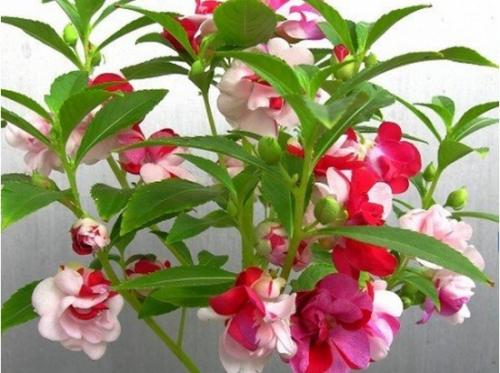
Impatiens
Angelina Sedum
Angelina Sedum is a backward type of Stonecrop. Its leaves are golden.
Angelina Sedum is a backward kind of stone carving.
When we talk about "ground cover," we're not talking about botanical classification, we're talking about how plants are used. The term is subjective (as any plant will cover part of the ground), but is usually applied to plants that are tracked along the surface.
In some cases, their stems will leave new roots where they come into contact with the soil, making them easy to spread. These planters are easy to grow plants in a sense, but if they are too ra they may be invasive plants, causing you extra work (to control them). Like Goldilocks, the ground cover we really want is the sweet spot in the middle -- not too cowardly to spread its wings, but not so greedy, and it takes over.
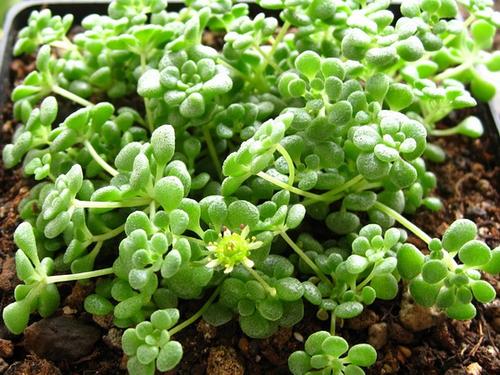
Angelina Sedum
Hydrangea
Invincibelle Hydrangea starts almost red, then fades to a light pink.
Invincibelle elf hydrangea is a deep pink (almost red) color when it first appears. The color later faded to a light pink.
So far, I've dealt with short plants, and in the next article, I'll show you a tall plant (a tree).Shrub classes provide options for meeting the size requirements between extremes.
I like the shrubs here, such as hydrangeas.Why is that?Then, like the London rose (see above), these are the true long lasting sepals of the show, not the true flowers, which are more ephemeral. So I get a display that lasts through the summer without having to worry about a crash.As these shrubs bloom on new wood, pruning is simplified: I cut down mines in late winter or early spring.
Sepals of Invincibelle Spirit Hydrangea are colorful when they first appear but later disappear. Incrediball hydrangeas provide larger flower heads, and because they are white, the final fading effect is less jarring.
Another low garden shrub that your true flower lover might prefer is candy! Rose, carefree, thriving.
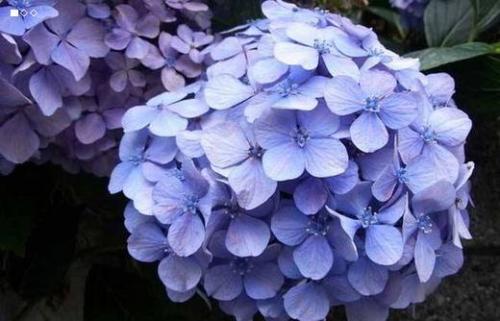
Hydrangea
Sunburst Honeylocust
Sunburst Honeylocust is an easy tree to plant because it is tough (resistant to street pollution) and not chaotic like many trees.In spring and autumn, the leaves are a pleasant yellow.
If you live in a warmer climate, another option is crepe myrtle. It grows as a tree in the Southeast (USA), and in my New England yard, cold temperatures limit its growth.
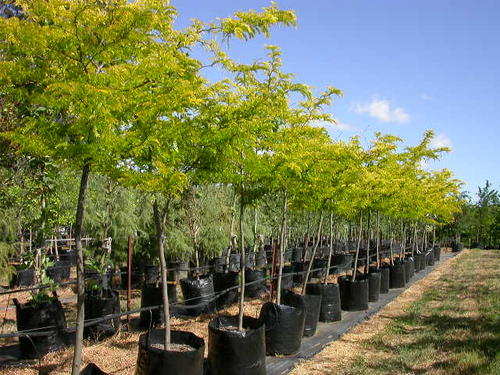
Sunburst Honeylocust
Yucca:
Like Angelina Shadom (see above), yucca is a hardy meat. Within this subgroup of perennial plants are a variety of plants that are easy to grow. Some, such as Autumn Huan, produce attractive flowers. Others, such as hens and chicks, bloom only periodically, and mainly for their leaves.
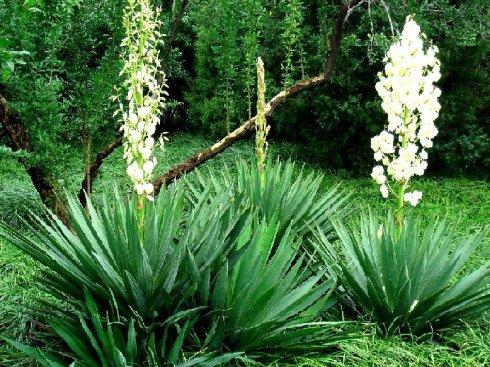
Yucca
Columbine
The Red Pigeon (pictured) is a New England native. It's Aquilegia canadensis.
The red pigeon I encountered in the New England forest was native Aquilegia canadensis.David Beaulieu,
Never underestimate the value of native options when looking for low-protection plants. Because they are adapted to being aged around their necks, the wildflowers in your area are quite capable of standing on their own feet without much care.
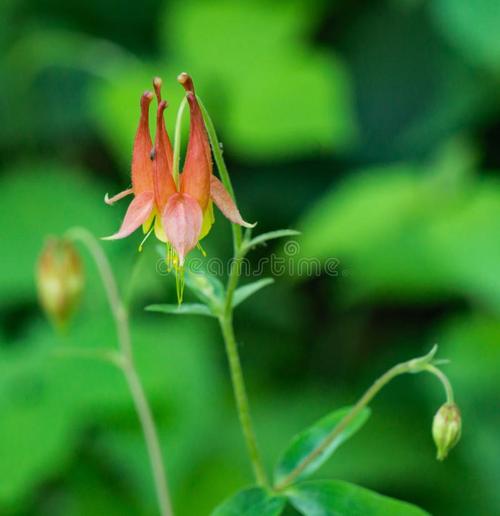
Columbine
Lamb Ears
The Lamb's Ears are famous for their silvery leaves.Flowers are secondary.
Lamb's ears are known for their silver leaves, not for their flowers.
As with some of the examples above (and the last item below), the ear of a lamb is considered primarily a leaf plant.Its leaves are not only beautifully silvery, but also very pleasant (velvety). The low-care characteristics of this perennial include the fact that it is drought-tolerant.
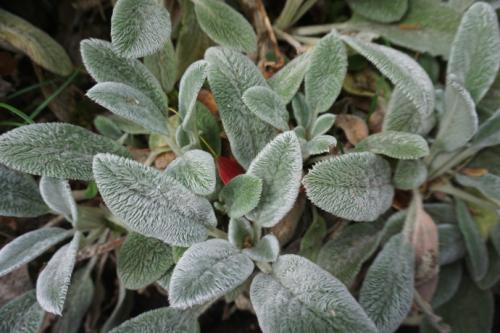
Lamb Ears
Blue fescue
Blue fescue is a small ornamental grass.
Blue fescue is a small ornamental grass.
Some ornamental grasses don't need much care at all, especially those that perform well and resist deer, such as blue fescue (photo). Hakkweed works better in partially shaded conditions.
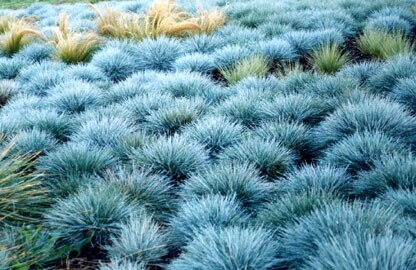
Blue fescue
Latest Updated
- Benefits of Bugleweed - 7 Science-backed Health Benefits
- Bugleweed Dangers & Side Effects - Is It Poisonous?
- How to Plant Evergreen Trees - What You Should Know
- When to Plant Evergreens - Grow Guide for Evergreen Trees
- 12 Wonderful Evergreen Shrubs for Your Garden
- 12 Popular Evergreen Plants with Pictures for Beginners
- When And How To Prune A Lilac Bush Like a Pro
- How to Grow & Care for Lilac Vine (Hardenbergia Violacea)
- Japanese Lilac Tree (Syringa Reticulata) Care & Propagation Guide
- Shumard Oak Pros and Cons - What to Know
Popular Articles
- Winter maintenance of Antirrhinum Majus
- How to Grow Terminalia Mantaly Tree
- How to Grow and Care for Crossostephium Chinense
- How to grow Antirrhinum Majus in spring
- Peristeria Elata (Dove Orchid) Profile: Info & Care Guide
- Underwatered Snake Plant (Sansevieria Trifasciata) - Signs And How To Fix
- How to Care for Brazilian Jasmine Plant (Mandevilla Sanderi)
- How to Grow & Care for Graptopetalum Purple Delight in Summer
- Rosa Chinensis (China Rose): Plant Growing & Care Tips
- How to Care for Baby Sun Rose (Aptenia Cordifolia)